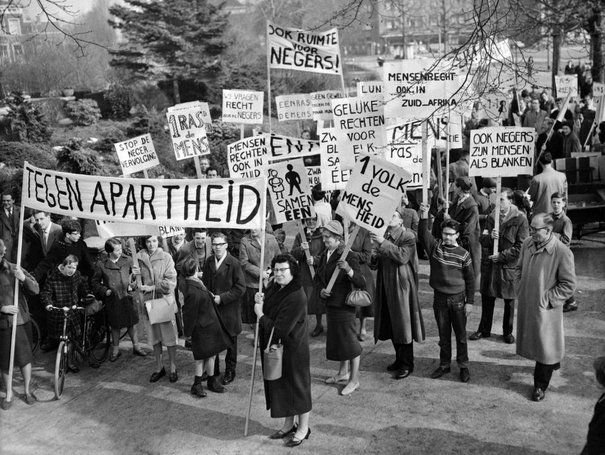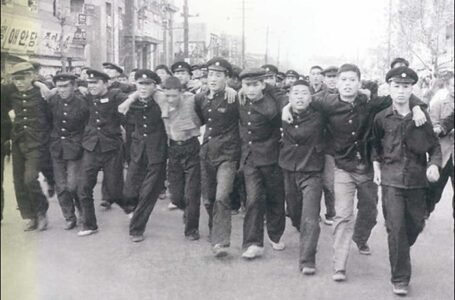From Apartheid to Equality? What South Africa’s Long Road to Justice Looks Like

-Mili Joshi
Nelson Mandela was freed in 1990 after 27 years of imprisonment. In 1994, the first democratic elections in South Africa were held. The world conceded. Apartheid, the legal regime of racial segregation under which millions suffered for years, was no more. It was a win for justice. But it was not the end of the struggle. Three decades later, South Africa’s journey towards genuine equality remains complicated, inconsistent, and unfinished. While political freedom was obtained rather quickly, achieving economic and social equality has proved a far greater challenge.
Deep Scars of Apartheid
Under Apartheid, you not only lost the franchise; it dictated the area of your residence, what jobs you could hold, and even what schools your children could attend. Black South Africans were pushed into poor, overcrowded land. Their education was purposely disinvested. Their labour was made use of to develop a white-dominated economy. The challenge for the new government was not minor. Following the collapse of apartheid in 1994, it would now proceed to dismantle generations of structural inequality without destroying the country.
Land Reform: An Unfinished Promise
Land ownership was one of the most bitter legacies of apartheid. By the early 1990s, white South Africans-their numbers estimated to be less than 10% of the population-were the owners of about 87% of the land. The post-apartheid government had promised land reform, whereby land would be redistributed to Black South Africans. The targets were ambitious:
Redistribution: Giving land to those who were dispossessed.
Restitution: Restoring land to communities that could prove it was taken from them.
Tenure reform: Improving the rights of people living on farms and in rural areas.
But progress has been very slow. Bureaucratic infighting, lack of funding, and legal obstacles have all frustrated land reform in achieving the kind of economic transformation that so many had hoped for.
Today, land inequality is a sore issue for many. It serves, for many, as a sign that political freedom has yet to deliver economic justice.
Education: Bridging Closing the Gap?
Apartheid’s education system entrenched Black South Africans in low-paying, unskilled jobs. The reforms instituted after apartheid sought to address the glaring inequalities in education that remain.
Educational facilities, class sizes, and resources are often better in urban schools located in affluent suburbs. On the other hand, rural and township schools suffer from overcrowding, unqualified teachers, and inadequate infrastructure.
Enrolment in universities by Black students has increased, but many drop out because of financial difficulties and preparatory gaps in learning. Education remains a dichotomy between an opportunity and a struggle.
The Economic Divide
South Africa is probably the most unequal country in the world. The end of apartheid did not radically alter the economic structures that benefited the rich, and most of the rich are still white. High unemployment, especially among youth, looms large, while many Black South Africans still survive in informal settlements, aggregating precarious livelihoods without access to basic services, such as reliable water or electricity. Though the Black middle class has expanded, discontent and frustration stemming from the slow pace of genuine transformation have also increased. Public trust in the ability of the government to deliver change has been further corroded by corruption scandals and the infighting in the political realm.
Beyond Mandela
Nelson Mandela, the world’s emblem of reconciling hope, has indeed remained the icon. South Africa’s experience post-1994 only reinforces the fact that liberty is just the first step. True equality, however, calls for the restructuring of land, education, and the economy. It requires, too, a lot of patience and perseverance. Undoing centuries of injustice is a nighttime event; however, it cannot happen without clear action and political will.
The Road Ahead
This would depend on how South Africa used this to tackle these old inequalities. Here, we are talking about Expedited land reform without sacrificing economic stability.
- Investing aggressively in education, most particularly in underserved areas.
- Attending to issues of unemployment and economic exclusion.
- Addressing corruption so that resources flow down into communities.
That is a tall order. But then again, the alternative – acceptance of inequality as a permanent fact of post-apartheid life – would be betrayal against the promise of 1994.
Final Thoughts
A landmark victory: the fall of apartheid. But this wasn’t the final step. Real equality does not just entail the right to vote, but also whether individuals possess the land and education, as well as opportunities with which to create improved lives. There has been significant advancement in South Africa; the road toward justice is, however, still long.


